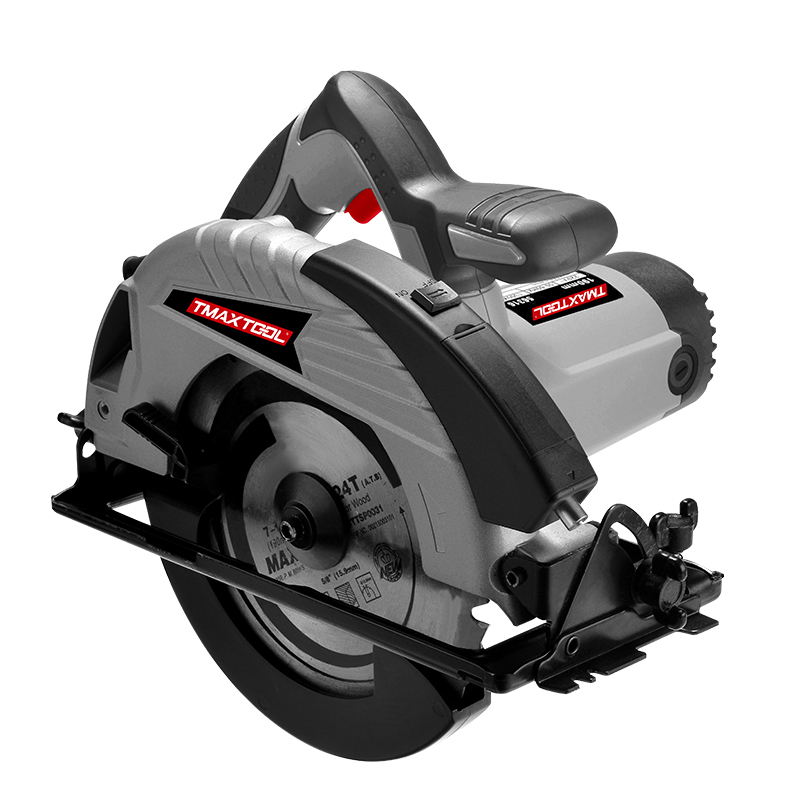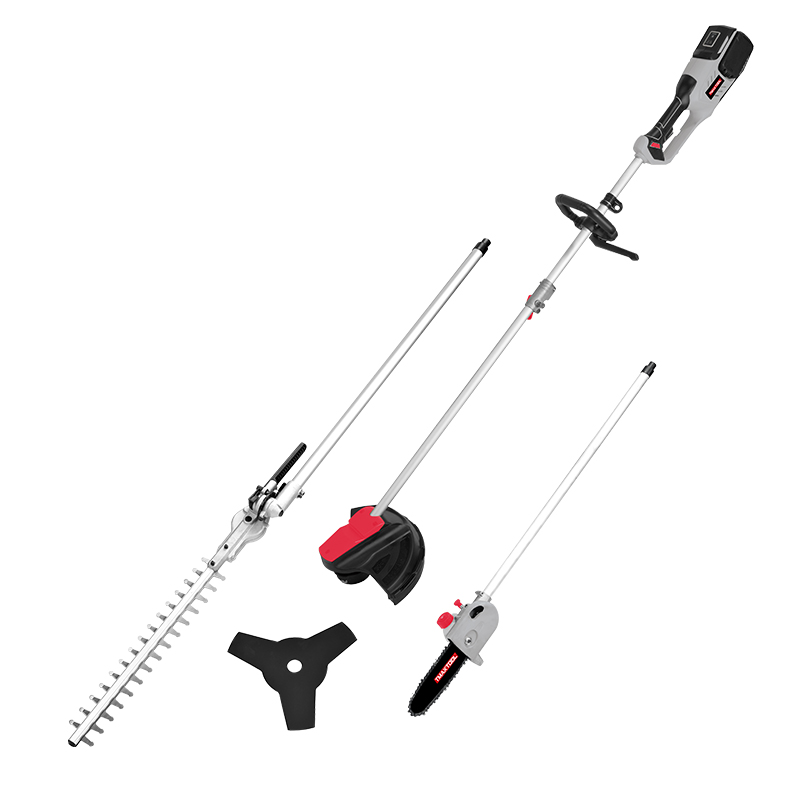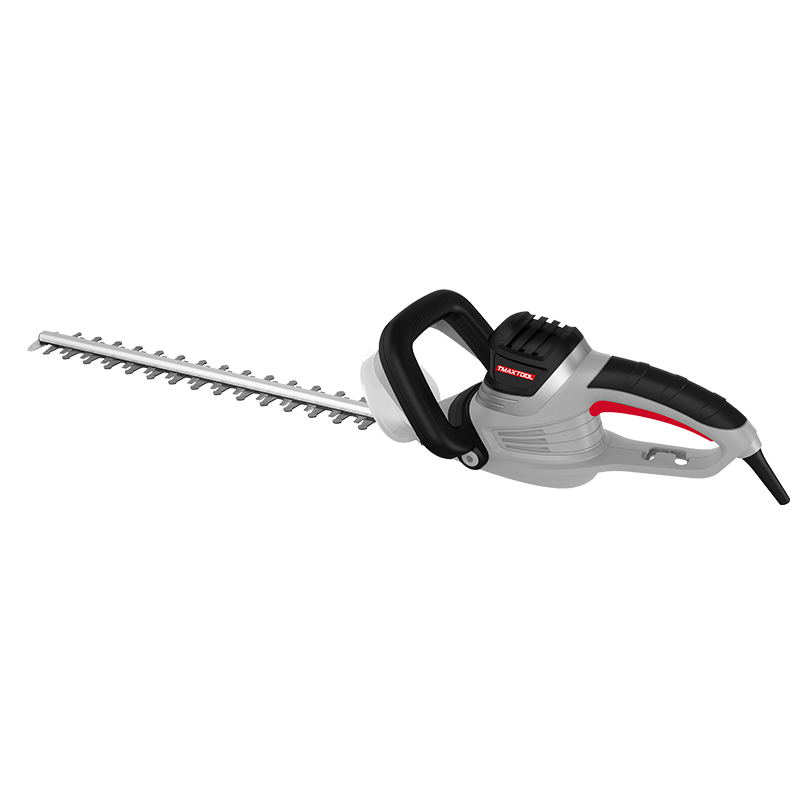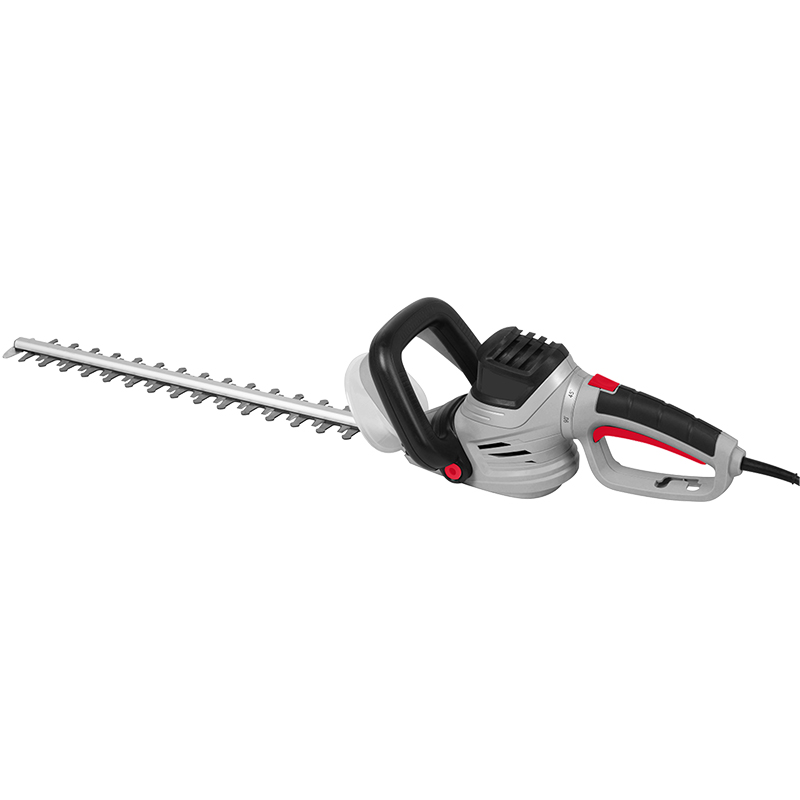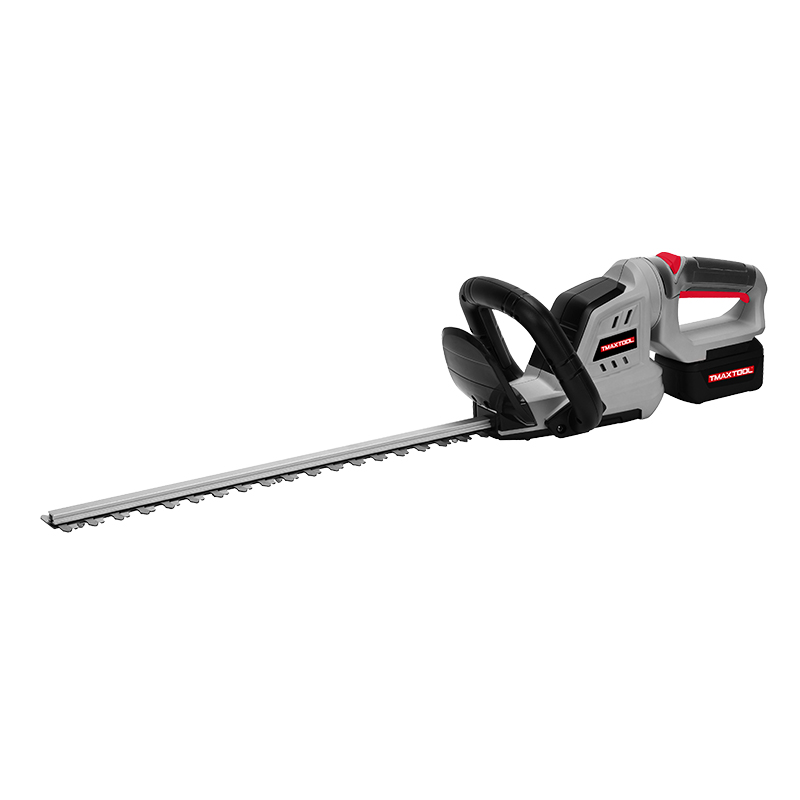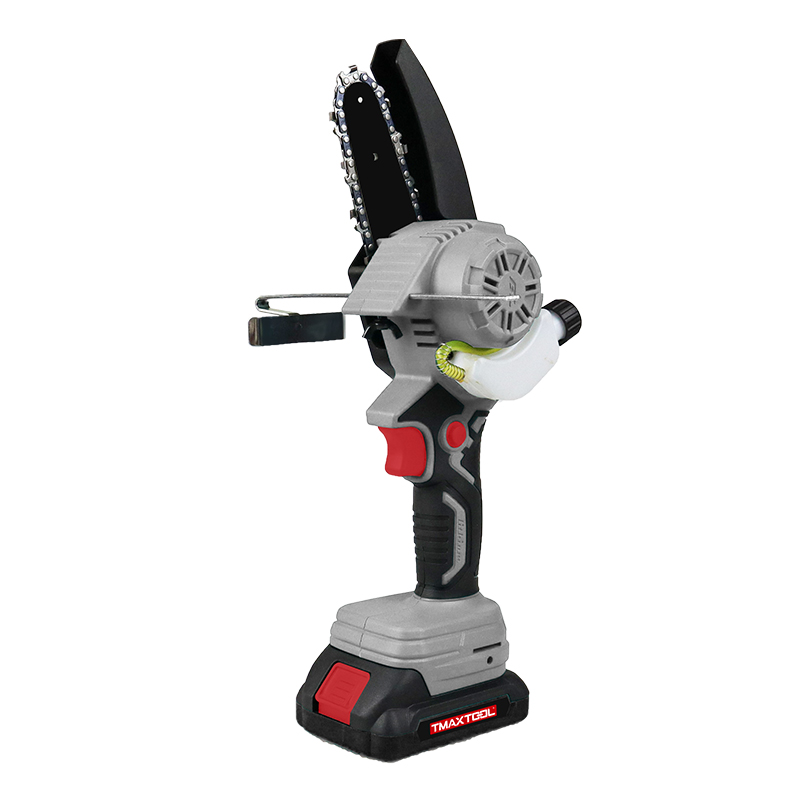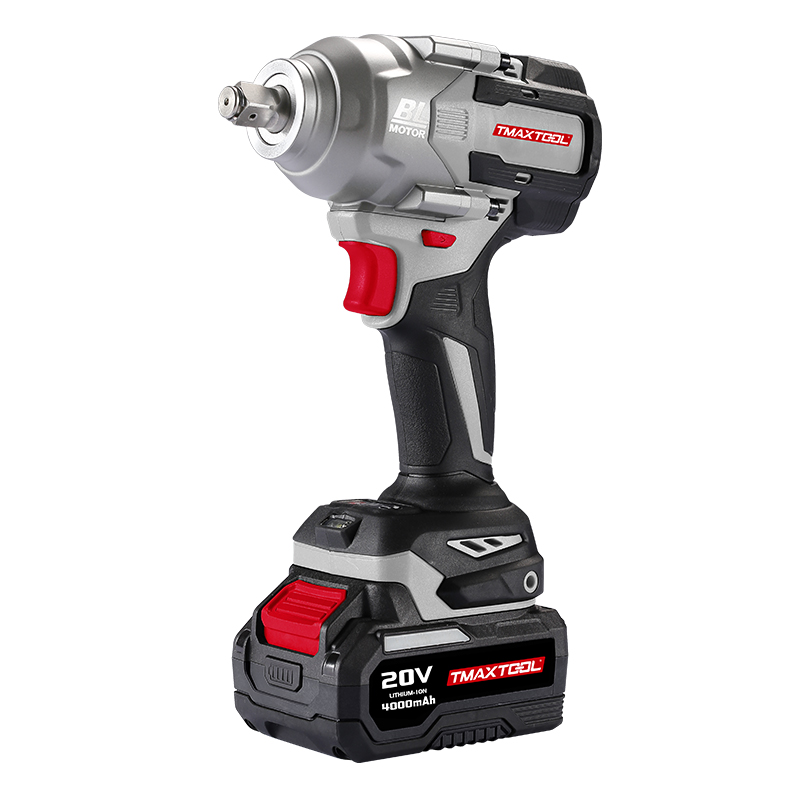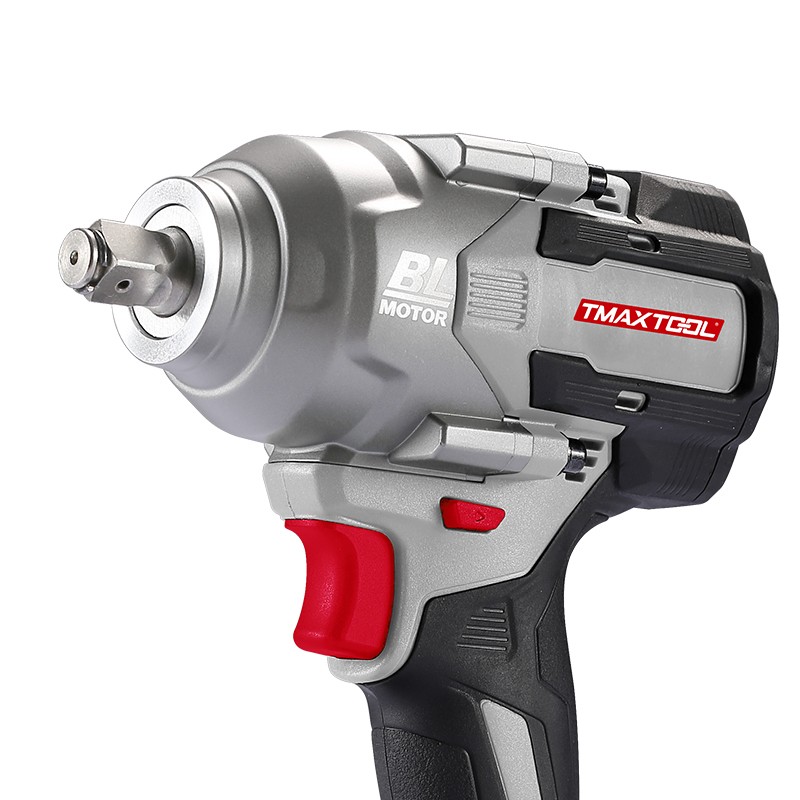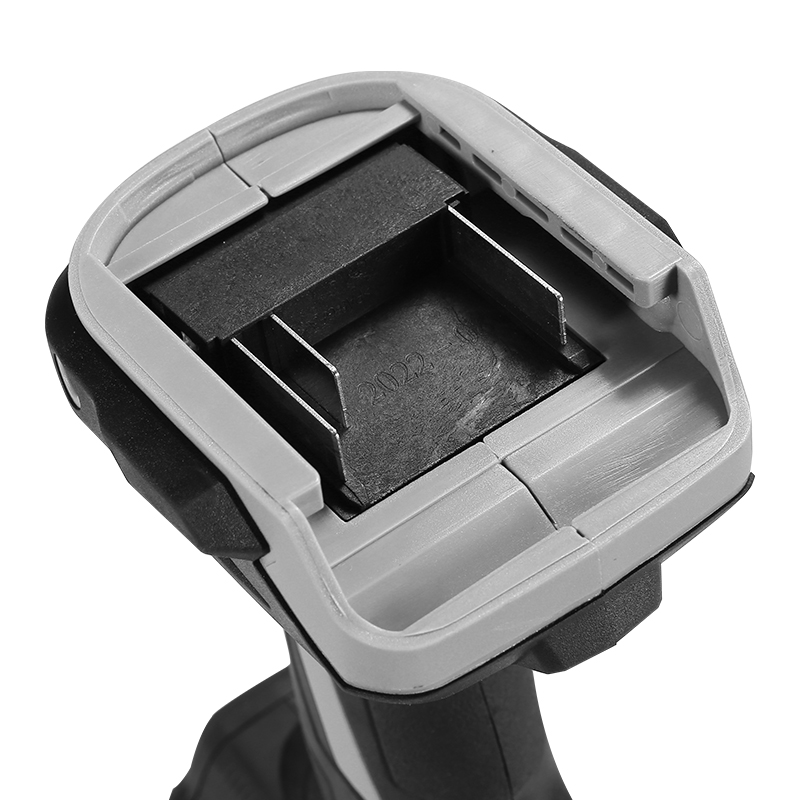750N.m Brushless Impact Wrench
product DETAILS
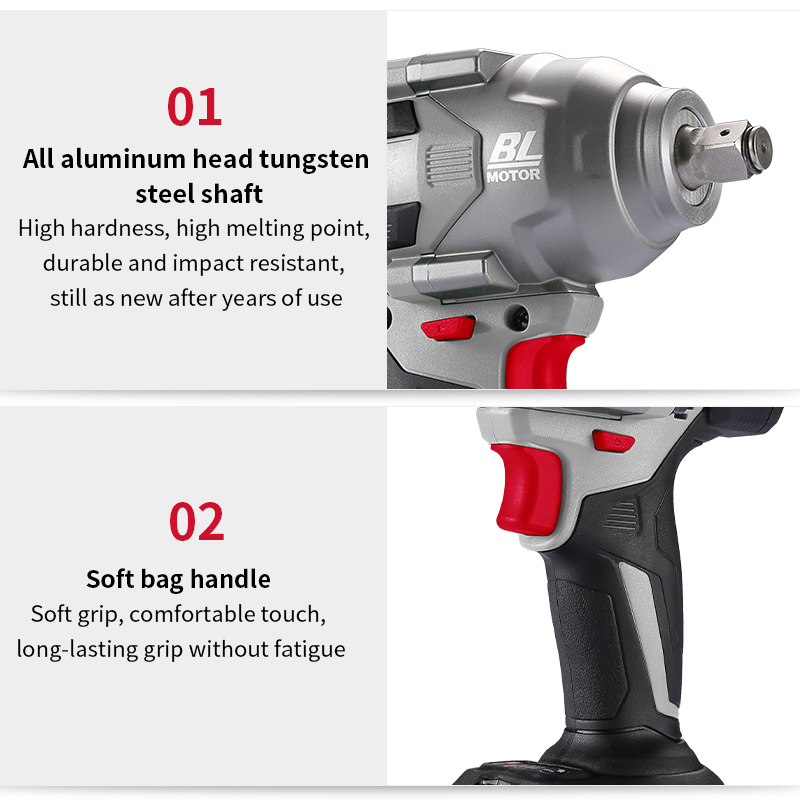

product description
Inventing an electric wrench involves several steps, from conceptualization to prototyping and manufacturing. Here's a simplified overview of the invention process:
Identifying the Need: Understand the market and identify the need for an electric wrench. This could involve researching existing manual wrenches, their limitations, and potential areas for improvement.
Conceptualization: Brainstorm ideas for an electric wrench. Consider factors such as size, power source, torque, ergonomics, safety features, and usability.
Design and Engineering: Once you have a concept, start designing the electric wrench. This involves creating detailed drawings, specifying materials, and engineering the internal components such as the motor, gearbox, battery, and control system.
Prototype Development: Build a prototype based on the design. This could involve 3D printing, machining parts, and assembling components. The prototype allows you to test the functionality, performance, and ergonomics of the electric wrench.
Testing and Iteration: Test the prototype under various conditions to identify any flaws or areas for improvement. Iterate on the design based on feedback from testing, making adjustments to enhance performance, durability, and user experience.
Regulatory Compliance: Ensure that the electric wrench complies with relevant safety and regulatory standards in the target markets. This may involve testing for electrical safety, electromagnetic compatibility, and mechanical integrity.
Manufacturing and Production: Once the design is finalized and prototypes have been tested, set up manufacturing processes to mass-produce the electric wrench. This could involve sourcing components, establishing production lines, and quality control measures.
Marketing and Distribution: Develop a marketing strategy to promote the electric wrench and identify distribution channels to reach customers. This could involve selling directly to consumers, through retailers, or online platforms.
Launch and Feedback: Launch the electric wrench in the market and gather feedback from customers. Monitor sales performance, user reviews, and any issues reported with the product.
Continued Improvement: Use customer feedback and market insights to continually improve the electric wrench. This could involve releasing updated versions with new features, addressing any issues discovered post-launch, and staying ahead of competitors.
Throughout the invention process, it's essential to protect your intellectual property by filing patents for any unique features or innovations in the electric wrench design. Additionally, building partnerships with suppliers, distributors, and manufacturers can help streamline the process and ensure the success of the product in the market.

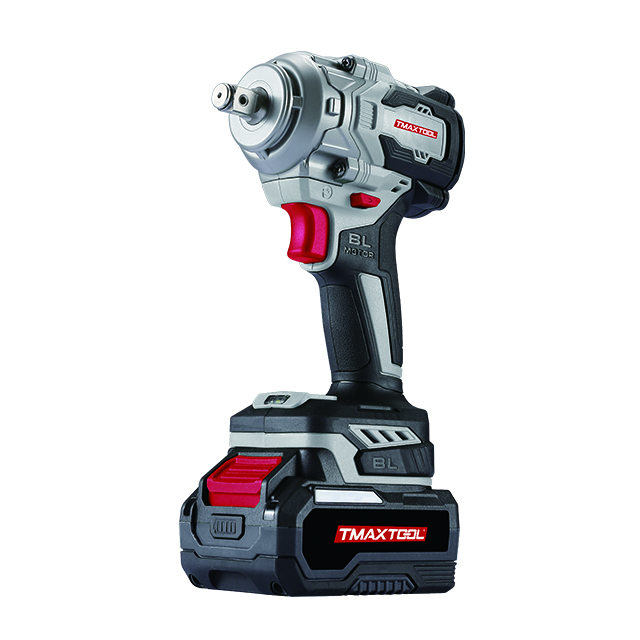 Impact Wrench
Impact Wrench
 Screwdriver
Screwdriver
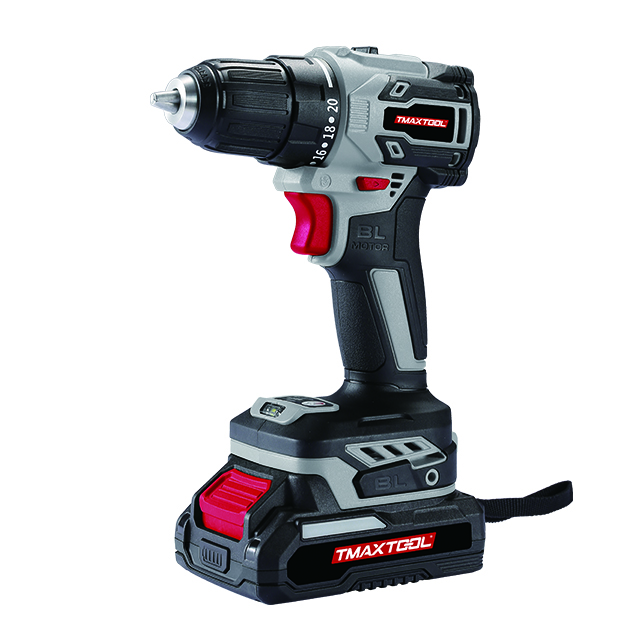 Cordless Drill
Cordless Drill
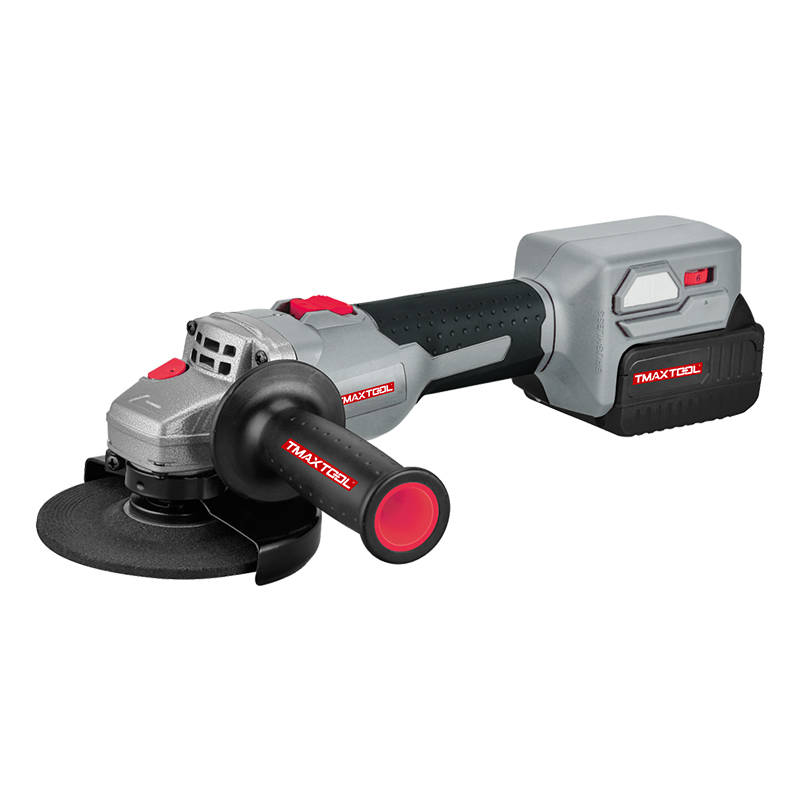 Angle Grinder
Angle Grinder
 Polisher
Polisher
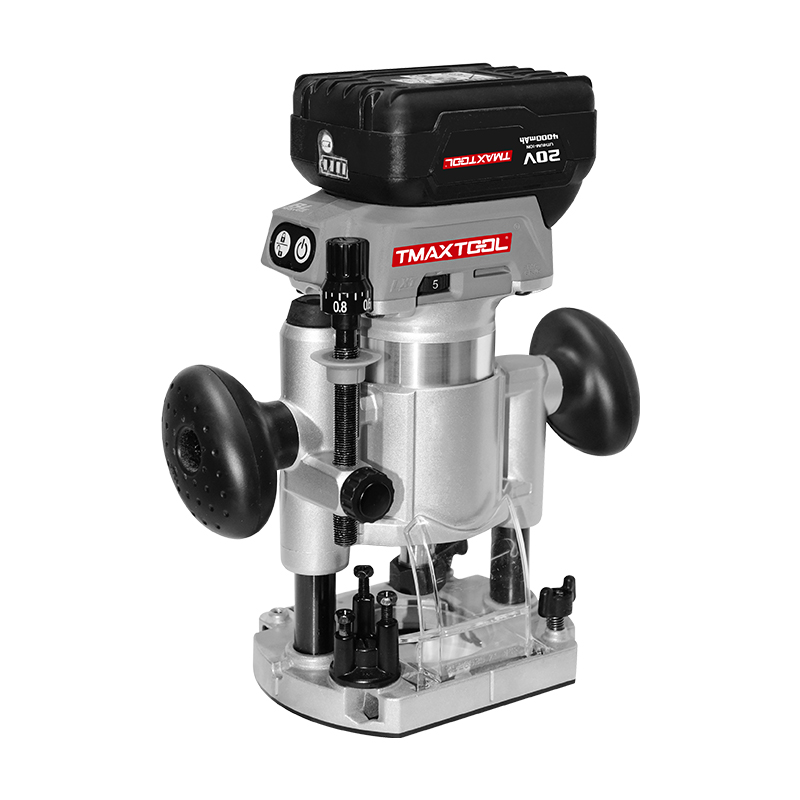 Wood Router
Wood Router
 Jig Saw
Jig Saw
 Hammer Drill
Hammer Drill
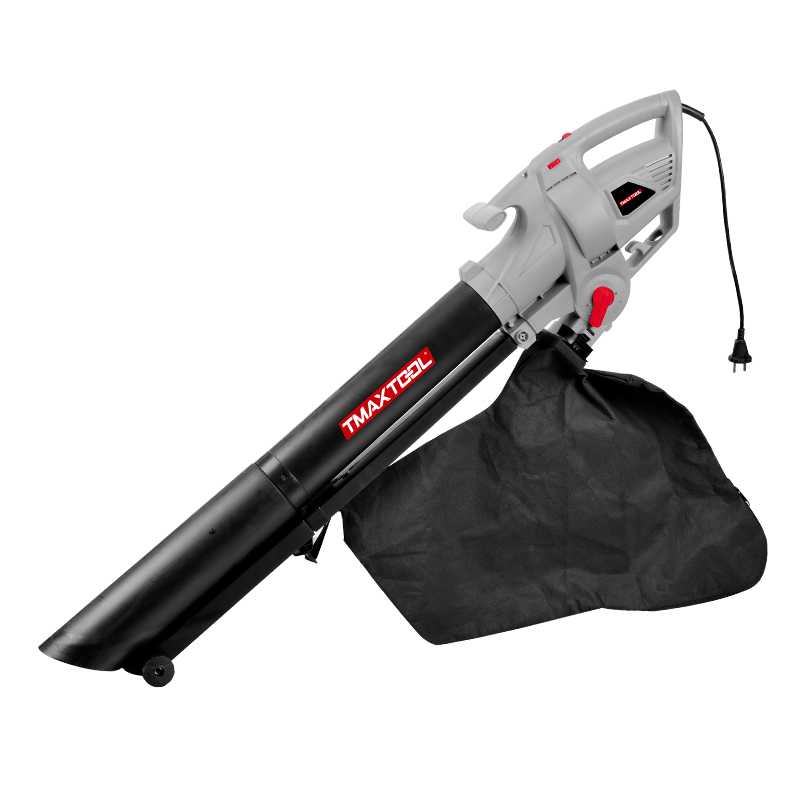 Portable Blower
Portable Blower
 Orbital Sander
Orbital Sander
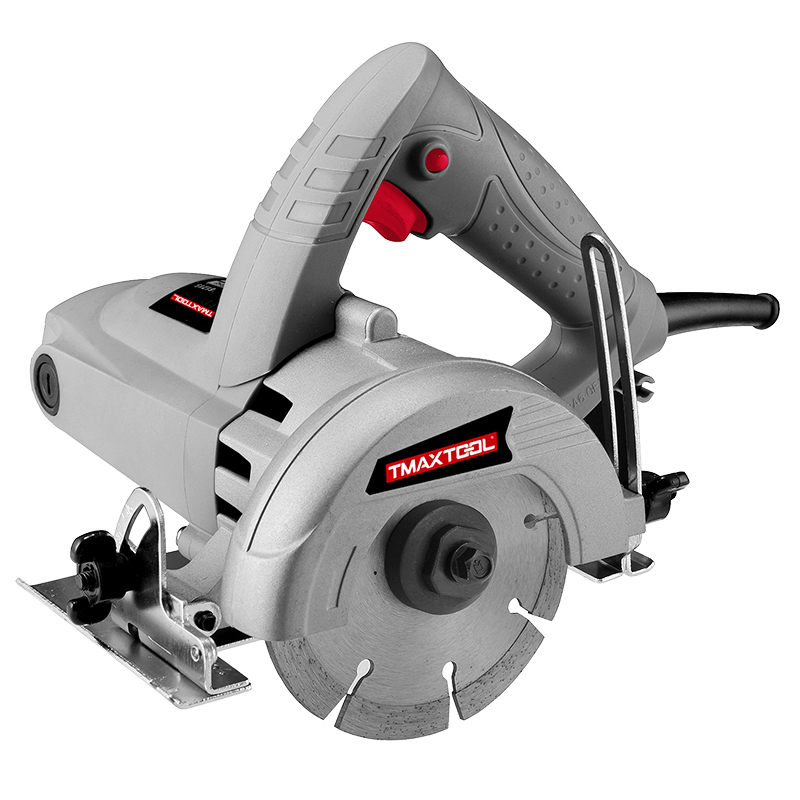 Marble Cutter
Marble Cutter
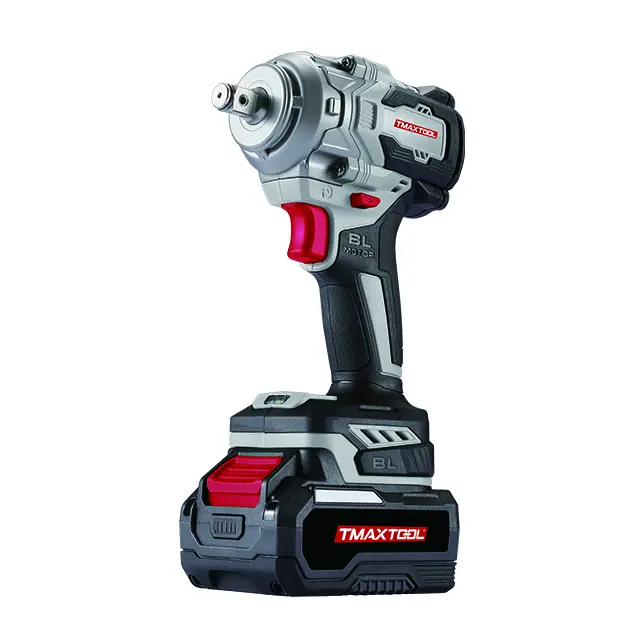 GARDEN TOOLS
GARDEN TOOLS
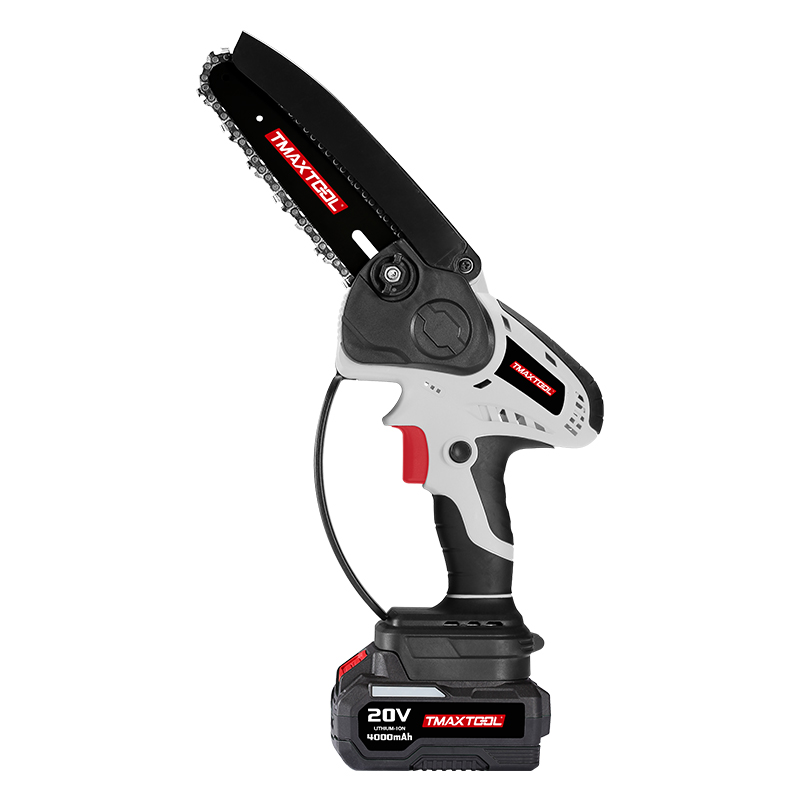 Battery Chain Saw
Battery Chain Saw
 Battery Brush Cutter
Battery Brush Cutter
 Battery Hedge Trimmer
Battery Hedge Trimmer
 Battery Multi Tool
Battery Multi Tool
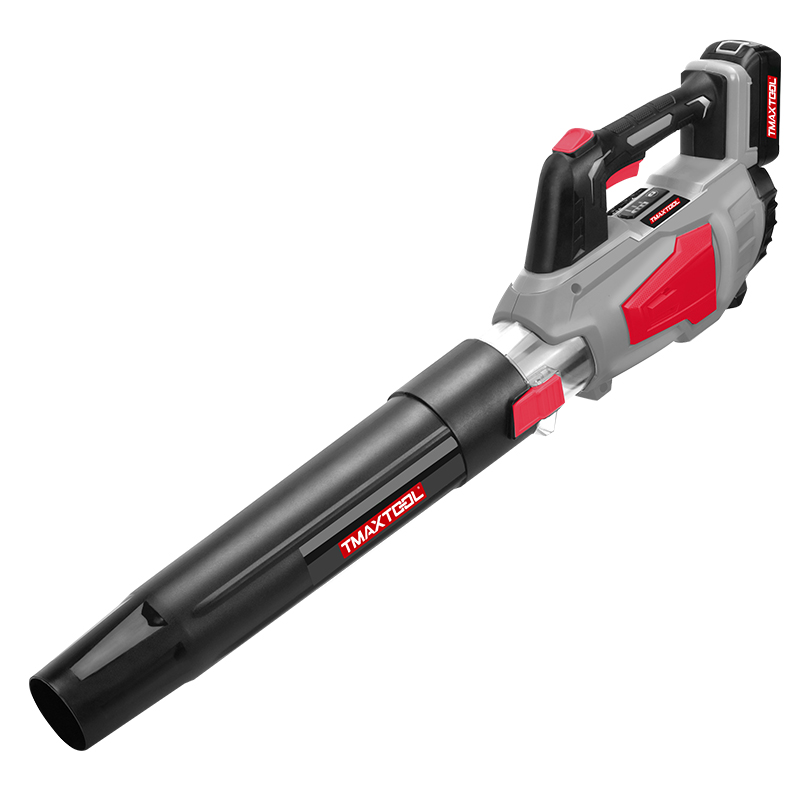 Battery Blower
Battery Blower
 Batter Pruning Shears
Batter Pruning Shears
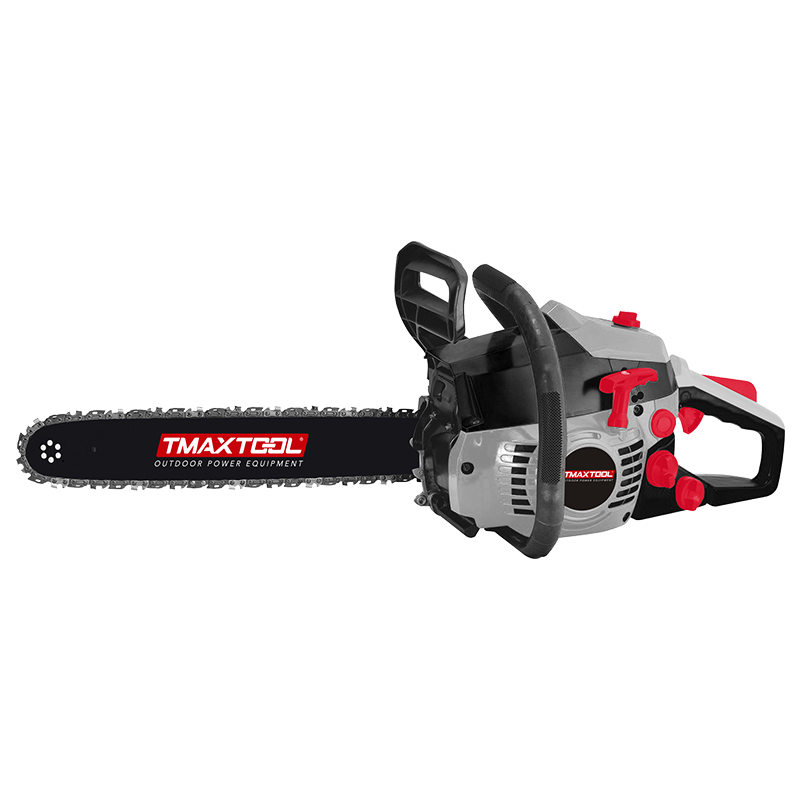 Chain Saw
Chain Saw
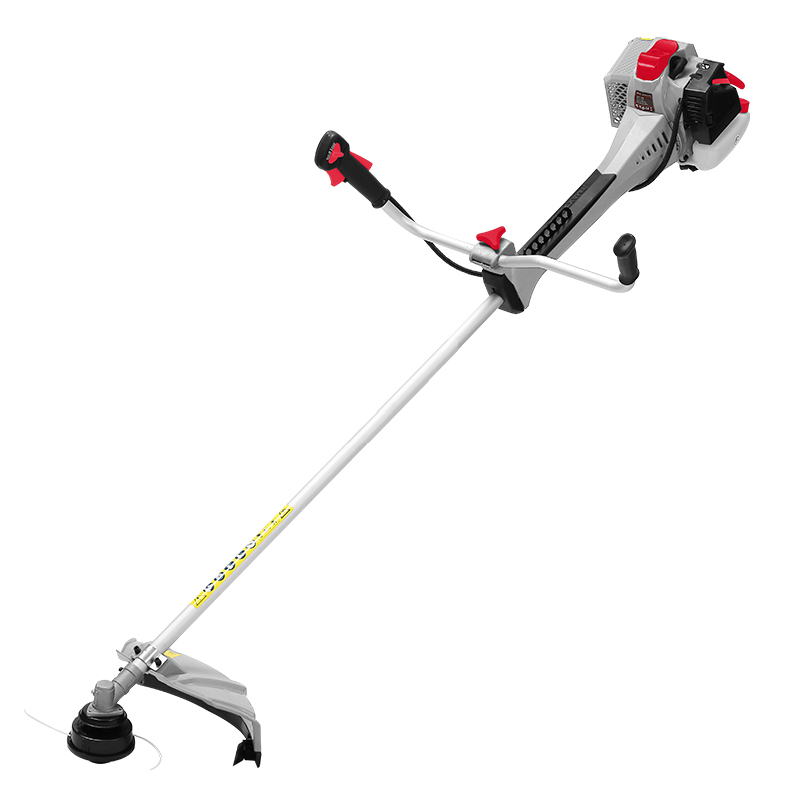 Brush Cutter
Brush Cutter
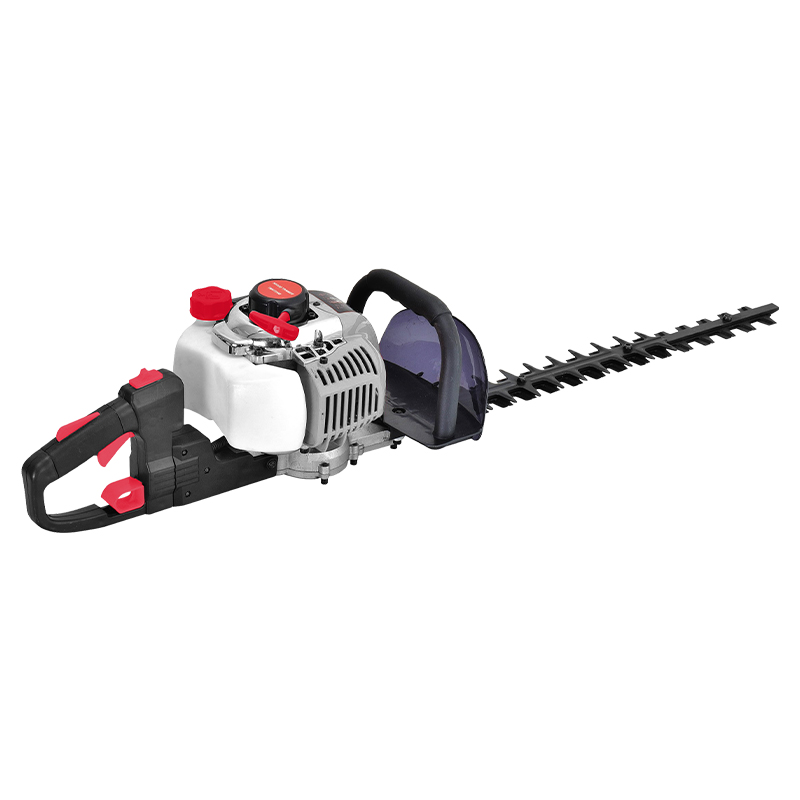 Hedge Trimmer
Hedge Trimmer
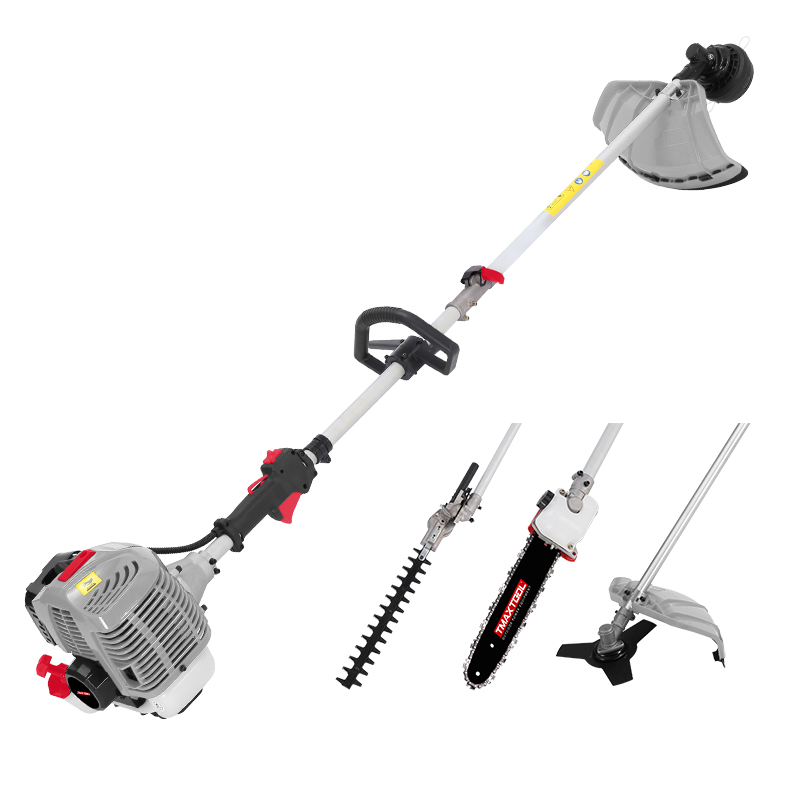 Multi Tool
Multi Tool
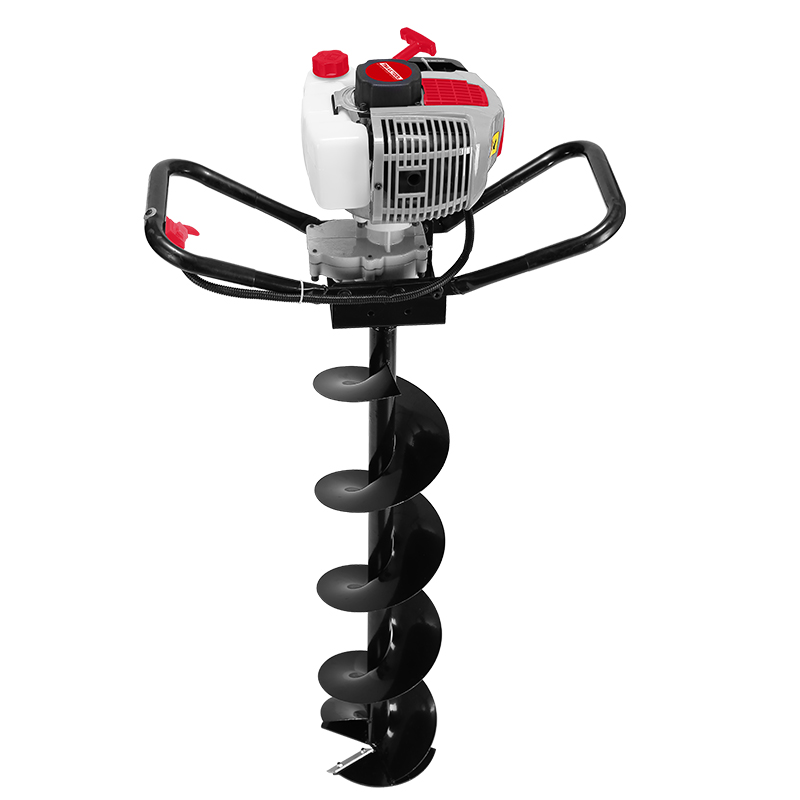 Earth Auger
Earth Auger
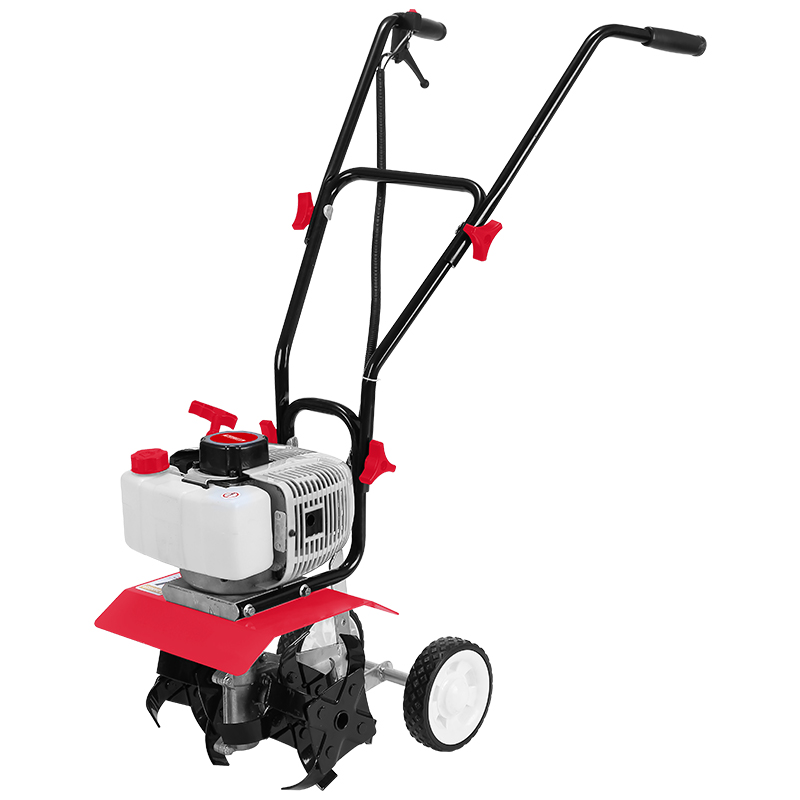 Tiller
Tiller
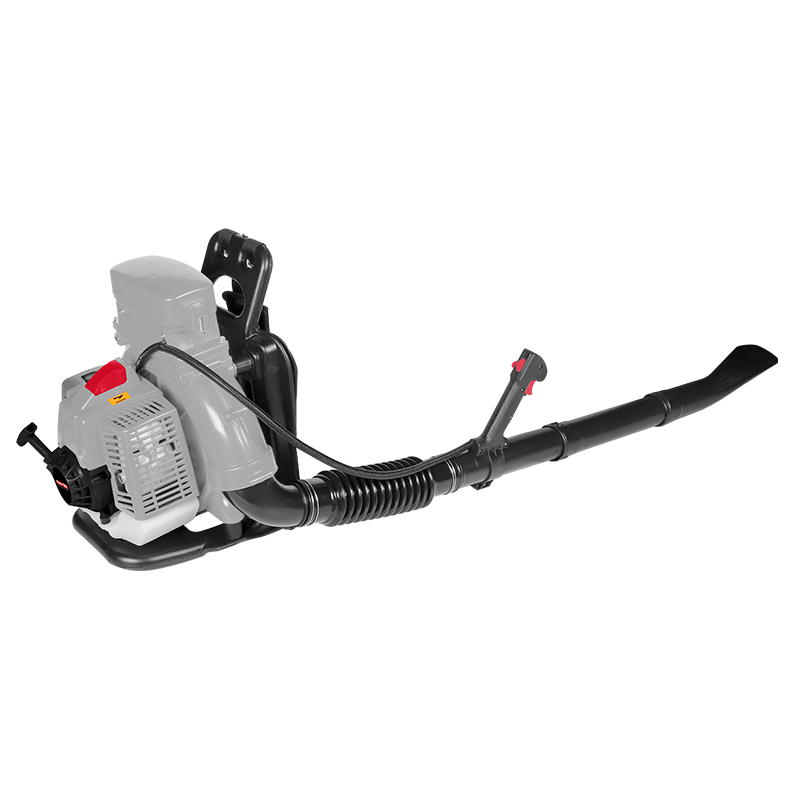 Blower
Blower
 4 Stroke Gasoline Engine
4 Stroke Gasoline Engine
 Generator
Generator
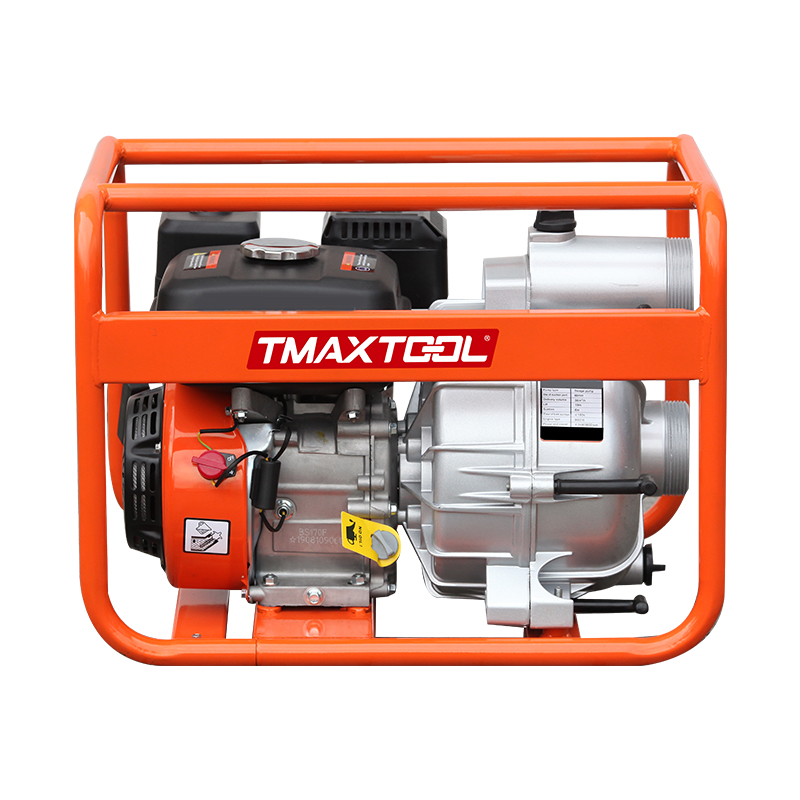 Water Pump
Water Pump
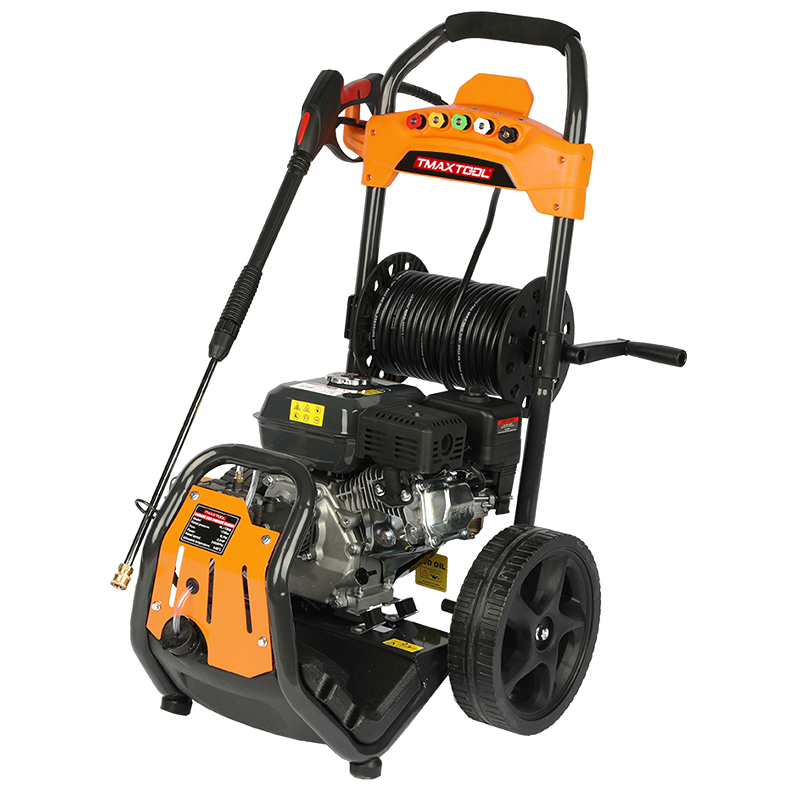 High Pressure Washer
High Pressure Washer
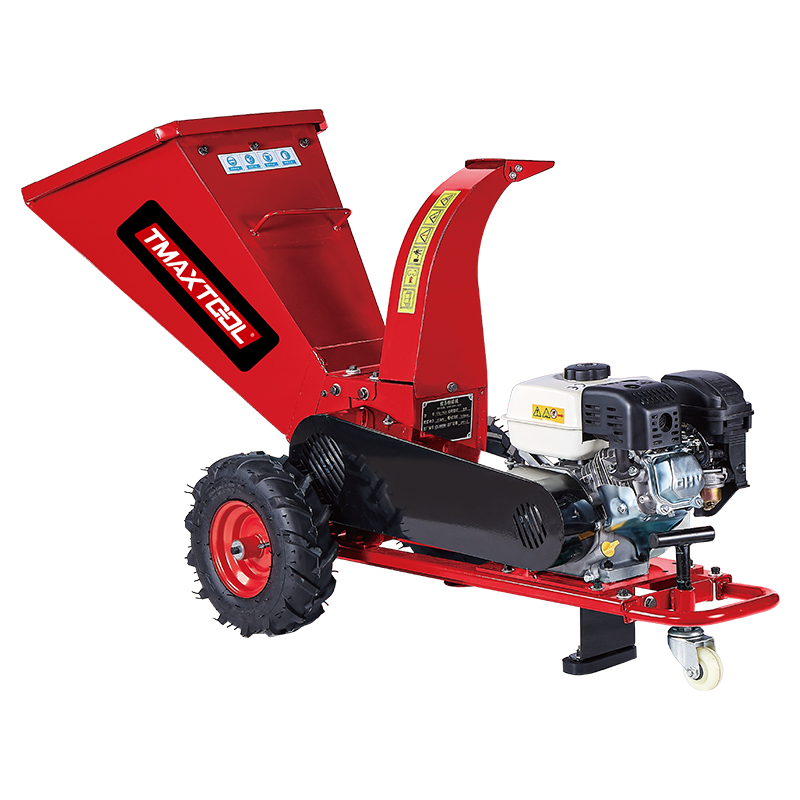 Wood Cutter
Wood Cutter
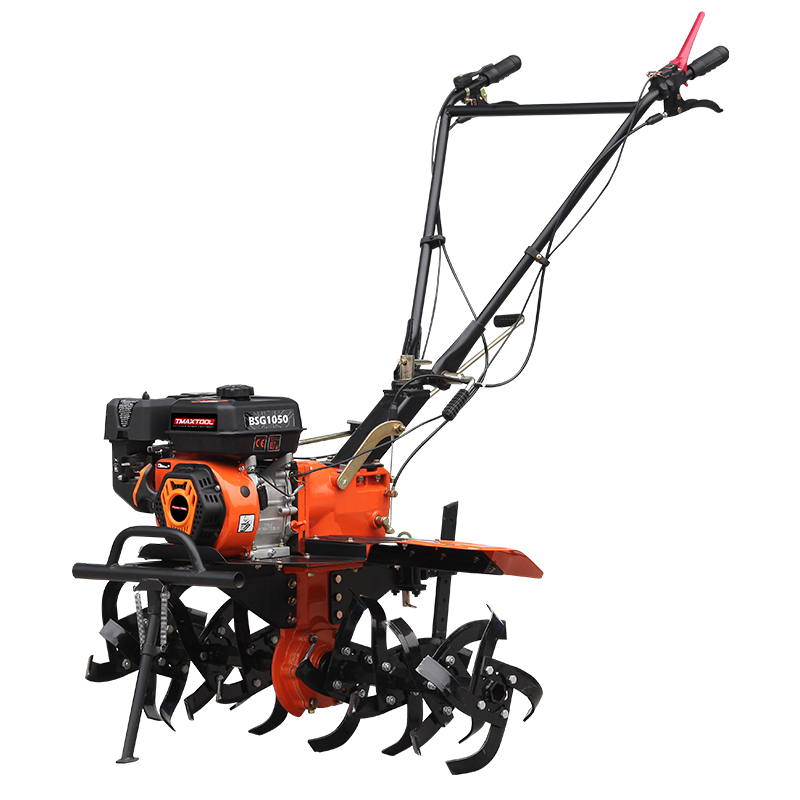 4 Stroke Tiller
4 Stroke Tiller
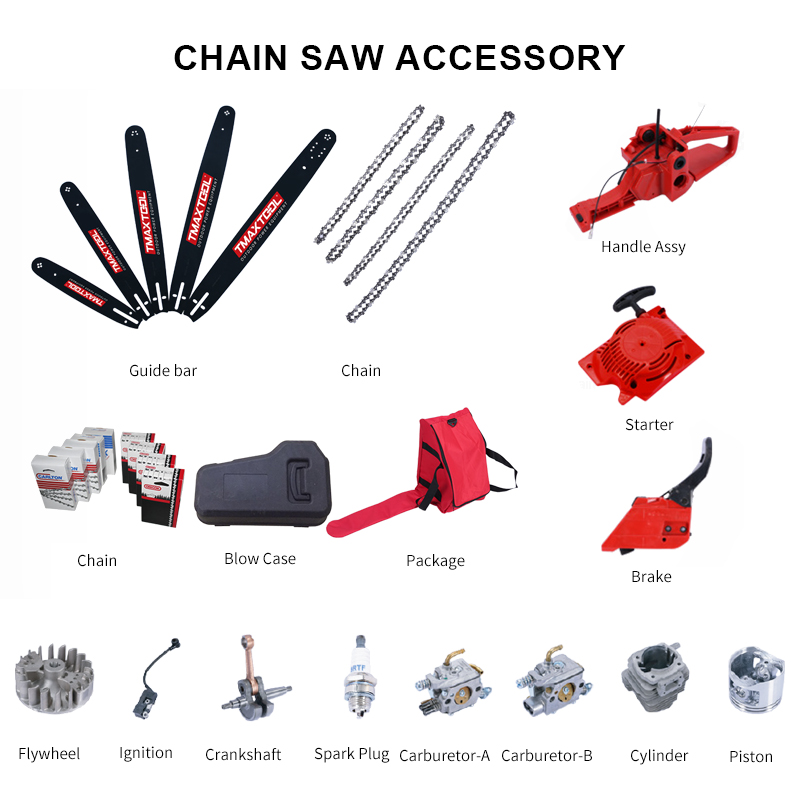 Chain Saw Accessory
Chain Saw Accessory
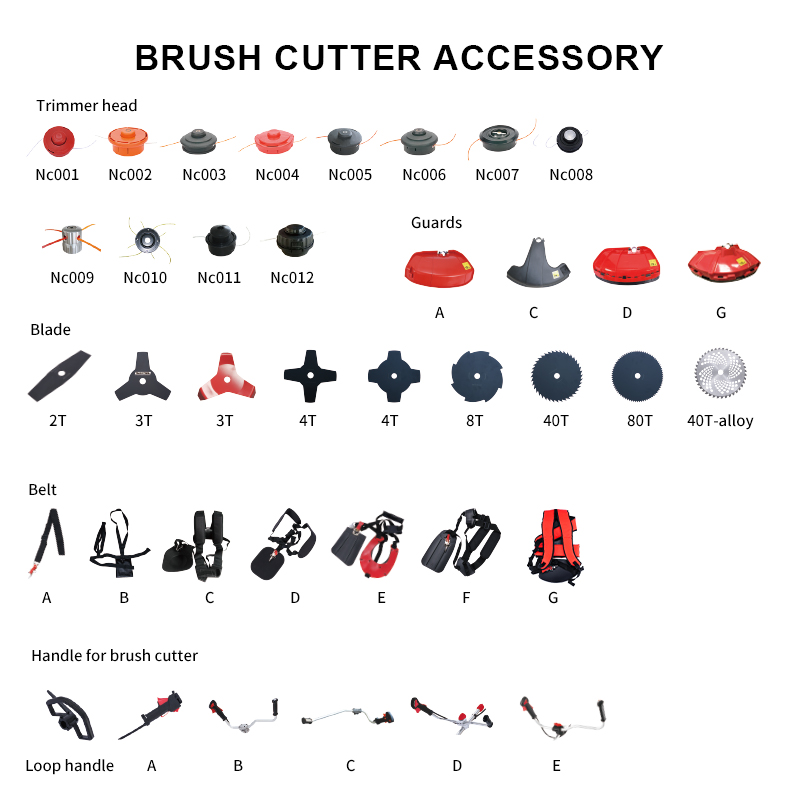 Brush Cutter Accessory
Brush Cutter Accessory
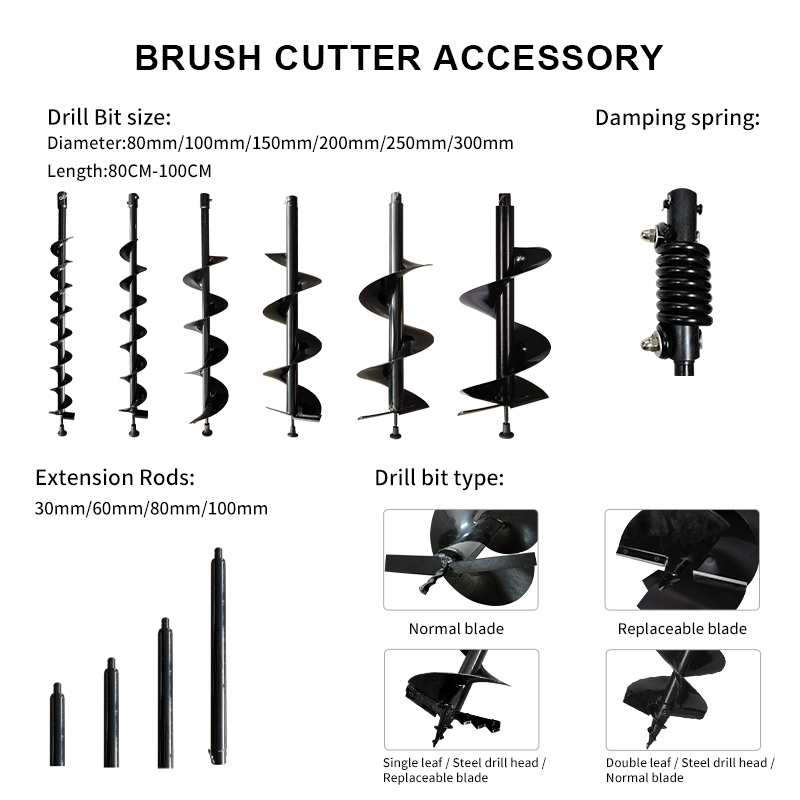 Earth Auger Accessory
Earth Auger Accessory
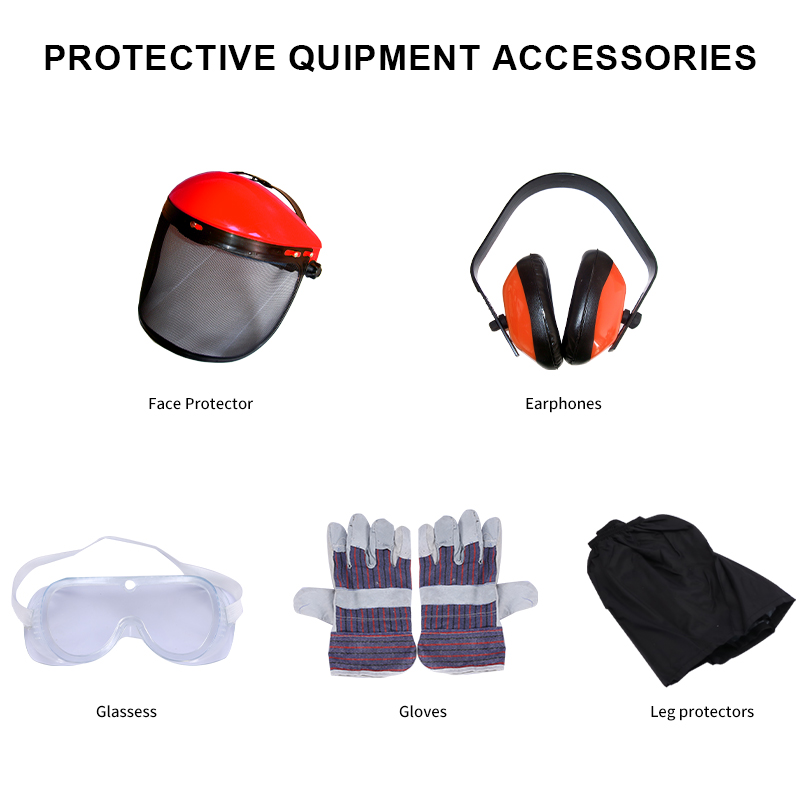 Protective Equipment Accessories
Protective Equipment Accessories

